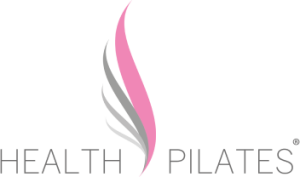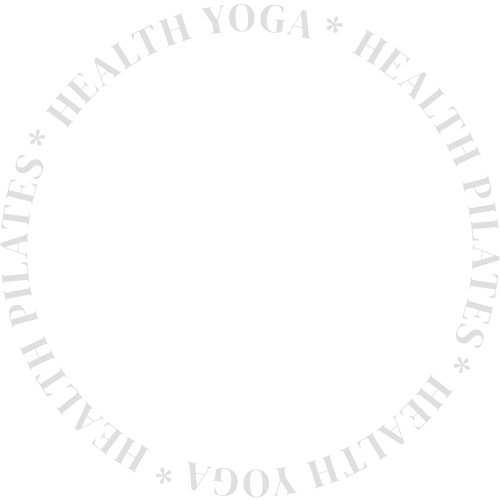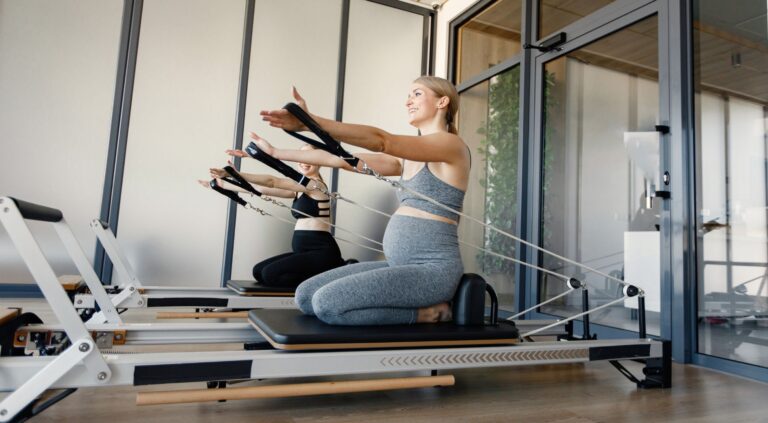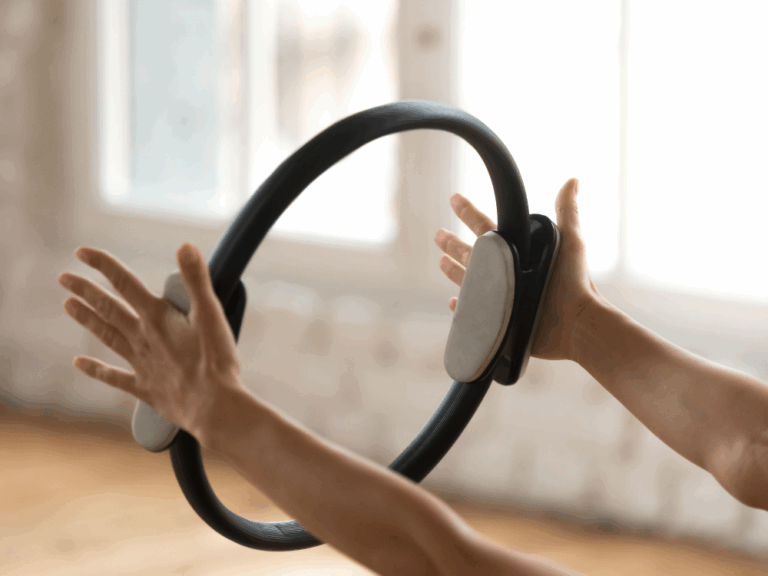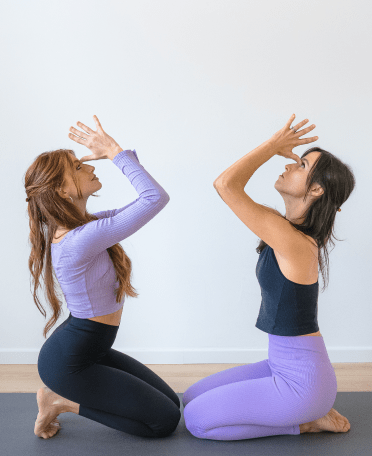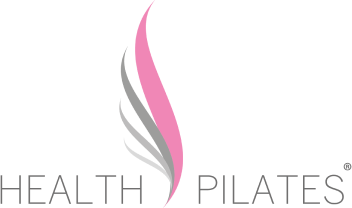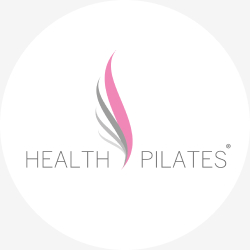According to ancient Eastern theory based on the principles of Yin and Yang, our body, as well as the entire Universe, is a mixture of energies. The perfect point of balance occurs when these two opposing and complementary currents are perfectly balanced with each other.
Our modern society, however, places an immeasurable emphasis only and exclusively on Yang qualities, such as movement, speed and action, undermining that sacred balance that we are often no longer able to keep.
Yin Yoga can be a valid aid in restoring the right level of Yin in a world that runs too fast.
This discipline combines western anatomy with the ancient wisdom of traditional Chinese medicine and the slow and deep rhythm of the Taoist yogic system. It relaxes, hydrates and stretches the yin parts of our body, such as tendons, ligaments, muscles and joints. Besides, it improves flexibility, mobility and tissue oxygenation, relaxes the nervous system, reduces inflammation and rebalances the functionality of internal organs.
Yin yoga became famous all over the world thanks to Paul Grilley who was inspired by the martial arts fighter P. Zink and the theories on the meridians of dr. H. Matoyama. He understood the direct connection of these energy channels with certain physical positions (Asana).
It should also be remembered that along the 14 main meridians we can find special points that can be stimulated through the pressure created by the Asanas or acupressure, helping us to dissolve blocks and obstructions more quickly. Each meridian is connected to an organ and directly influences its state and functionality.
The pioneer of this technique, Sarah Powers, established 3 key principles to be respected:
- Find your limit: you need to stop before reaching your maximum ability to execute a position, in order to avoid complete muscle activation, while remaining in balance between feeling nothing and feeling too much.
- Stay still: it is important to counteract the tendency to move, get distracted or agitated, in order to train the mind for control and introspection.
- Hold the position for quite a long time: the real work on the fascia and the yin tissues of the body is activated after a few minutes, therefore it is necessary to hold a pose for at least 3 minutes, up to a maximum of 10, in order to reach the deepest layers of the body tissues.
Now let’s see together the main benefits of this practice:
– strengthening of joints and connective tissues,
– increased flexibility, agility and one’s range of motion,
– better functioning of the organs thanks to the increased blood flow in certain areas,
– calm and mental clarity due to the reduction of hyperactivity and the tendency to multitask,
– stress relief through deeper breathing,
– emotional well-being through impartial observation of feelings, memories and sensations,
Have you ever practiced Yin Yoga? What relationship do you have with this discipline?
